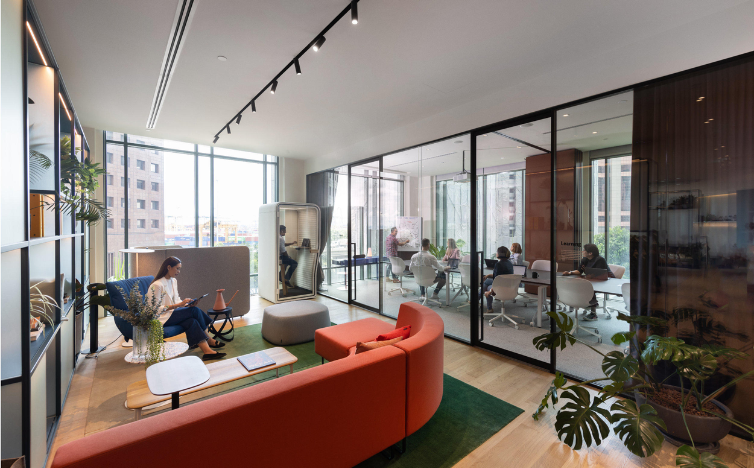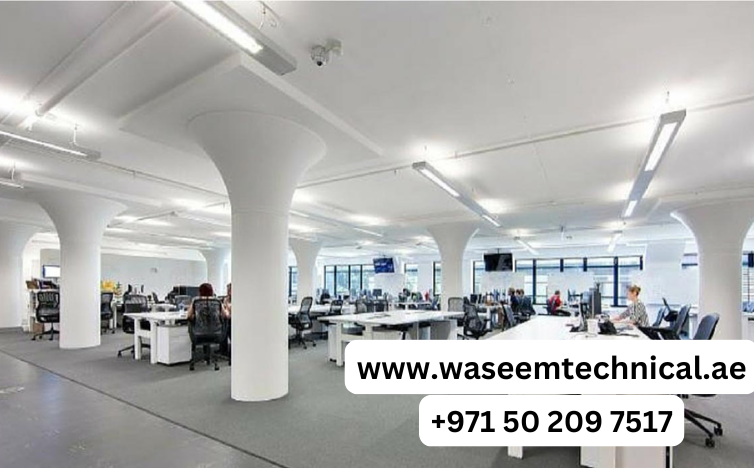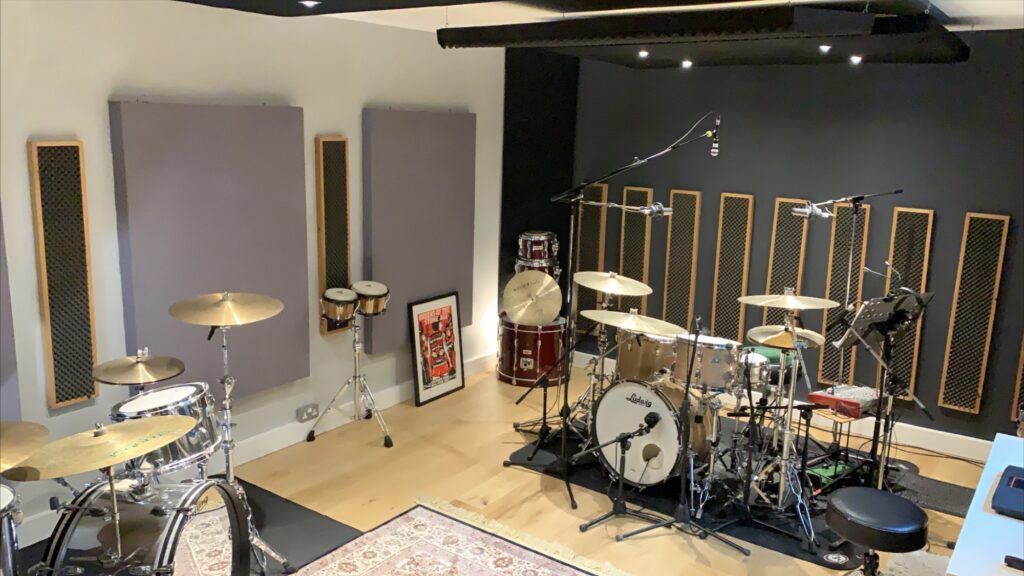In the modern workplace, the importance of acoustics cannot be overstated. As open-plan offices and collaborative spaces become the norm, the need for effective sound management has never been more critical. The future of office acoustics is poised to revolutionize how we work, offering innovative solutions that enhance productivity, reduce stress, and create a more pleasant working environment.
The Evolution of Office Acoustics
Office acoustics have come a long way from the days of cubicles and soundproof walls. Traditional methods of noise control often involved physical barriers, which, while effective, could create a sense of isolation among employees. Today, the focus is on creating a balanced acoustic environment that fosters collaboration without sacrificing individual concentration.
Advancements in materials and technology have led to the development of sound-absorbing panels, acoustic furniture, and even smart sound masking systems. These innovations are designed to blend seamlessly into the office environment, providing effective noise control without compromising on aesthetics.
The Role of Technology in Acoustic Solutions
Technology is playing a pivotal role in shaping the future of office acoustics. Smart sound masking systems, for instance, use advanced algorithms to distribute white noise evenly throughout the workspace, effectively masking distracting sounds. These systems can be customized to suit the specific needs of an office, ensuring optimal acoustic comfort for all employees.

Another exciting development is the use of AI-driven acoustic analytics. These systems can monitor noise levels in real-time, providing valuable insights into how sound affects productivity and well-being. By analyzing this data, companies can make informed decisions about office layout, furniture placement, and acoustic treatments.
Designing for Acoustic Comfort
The future of office acoustics is not just about technology; it’s also about design. Architects and interior designers are increasingly incorporating acoustic considerations into their plans, creating spaces that are both functional and aesthetically pleasing.
One popular trend is the use of biophilic design, which integrates natural elements into the workspace. Plants, for example, not only improve air quality but also act as natural sound absorbers. Similarly, the use of materials like wood and fabric can help to dampen noise, creating a more serene environment.
Flexible workspaces are another key trend. These spaces can be easily reconfigured to suit different tasks, from quiet individual work to collaborative group projects. By incorporating acoustic solutions into these flexible designs, companies can ensure that their offices are adaptable to the changing needs of their workforce.
The Impact on Employee Well-being and Productivity
The benefits of improved office acoustics extend far beyond noise reduction. Studies have shown that excessive noise in the workplace can lead to increased stress levels, reduced concentration, and even long-term health issues. By addressing these acoustic challenges, companies can create a healthier, more productive work environment.
Employees in well-designed acoustic spaces report higher levels of job satisfaction and engagement. They are better able to focus on their tasks, leading to improved performance and efficiency. Moreover, a quieter workplace can reduce the likelihood of misunderstandings and miscommunications, fostering better collaboration and teamwork.
Call us: Contact Waseem Technical Soundproofing Expert in Dubai For Soundproofing: +971 50 209 7517
Conclusion
The future of office acoustics is bright, with innovative solutions that promise to transform the way we work. By investing in advanced acoustic technologies and thoughtful design, companies can create workspaces that enhance productivity, support employee well-being, and adapt to the evolving needs of the modern workforce.
As we move forward, the importance of acoustics in the workplace will only continue to grow. By prioritizing sound management, businesses can ensure that their offices are not only functional but also conducive to creativity, collaboration, and success.




